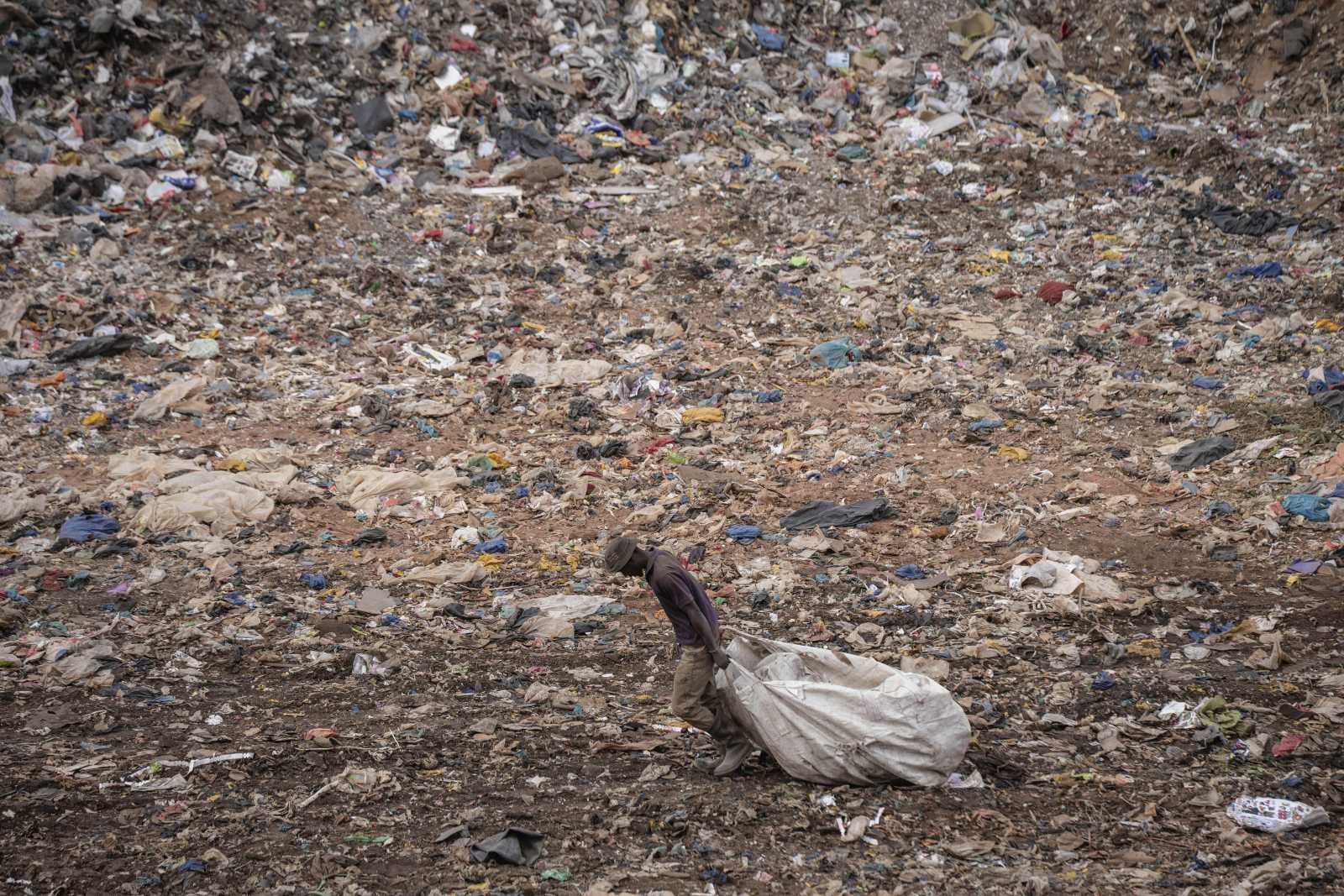Latin America
Rebellion against market radicalism
On 11 September people in Chile remember the coup that brought to power Augusto Pinochet, who ruled the country from 1973 to 1990. This year, the memorial event had unusual protest connotations. A strong social movement has been building up in the country. Young people are casting doubt on the education system, which is a legacy of the Pinochet regime. As a radical proponent of free markets, the dictator banked on privatisation. His constitution is still in force, though it was modified by democratically elected governments. The education system, however, has not changed since he was in power.
Students and teachers began demonstrating in the spring. In the meantime, human rights activists and trade unions have joined them. They all demand social justice and constitutional reform. Schools and universities and, for a while, even the education ministry have been occupied. Some activists are on hunger strike. On 10 August, around 100,000 people participated in rallies; trade unions later launched a general strike. The media reported police violence. Hundreds were injured, including government officers. One youth was killed. The demands for free education, moreover, has begun to spread to Brazil and Colombia.
Demands for a supportive state
Chile’s economy has been running smoothly for a long time, and Chile has joined the rich-nation club of the OECD. Last year’s growth rate was five per cent. Poverty is going down. According to the international PISA ranking, the education system is Latin America’s best. At the same time, Chile is one of the world’s least equal societies – and the education system is to blame.
In Chile, young people’s education depends on their parents’ wealth. In no other OECD country does the state contribute a smaller share to the education system. Even public schools charge tuition fees. After graduation, students are burdened by a debt worth $ 60,000 on average. Therefore, students now demand a constitutional amendment to guarantee good and free education for all. They want tuition fees to be abolished and public schools to improve. For the right-wing government under President Sebastián Piñera, however, it is a matter of principle that education be paid for. First talks failed after he offered only lower interest rates on student loans.
Considering higher taxes
The young people plainly want more state action and less rule of the market. Some are in favour of higher taxes and want the copper industry to be nationalised. Another demand is to make the electoral law more representative. Trade unions, moreover, are calling for more government involvement in pensions and the healthcare systems; both are mostly market-driven so far. All summed up, the protest movement is putting in question Chile’s market-based model, and its demands for social justice and a more supportive government are growing louder. But partly, the protest movement itself results from that model’s economic success. Because Chile is now an emerging market, education has become so important, that an ever growing number of youngsters want to go to university.
Eva-Maria Verfürth








